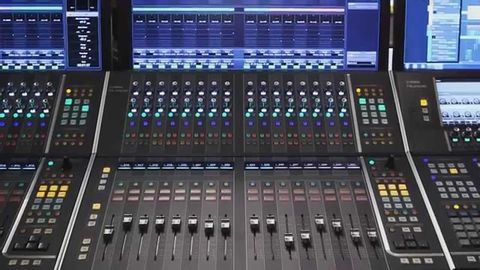
Subtitles & vocabulary
Yamaha DAW System NUAGE : Track Management
00
藍天 posted on 2015/04/29Save
Video vocabulary
track
US /træk/
・
UK /træk/
- Transitive Verb
- To use marks to follow a wild animal
- To move a certain way/follow a particular course
- Noun
- A circular course for running
- Course or way someone takes, e.g. in education
A2TOEIC
More effect
US /ɪˈfɛkt/
・
UK /ɪ'fekt/
- Noun (Countable/Uncountable)
- An advantage, benefit
- Change brought about by a cause; result
- Transitive Verb
- To cause (something) to happen; bring about.
A1TOEIC
More leave
US /liv/
・
UK /li:v/
- Verb (Transitive/Intransitive)
- To go away from; depart
- To gift property to someone after you die
- Uncountable Noun
- Permission to do something
- Vacation time; time off work
A1TOEIC
More sound
US /saʊnd/
・
UK /saʊnd/
- Adjective
- Sensible, dependable and reliable
- Unbroken or undisturbed, as of sleep
- Noun (Countable/Uncountable)
- Unique quality that characterizes a style of music
- Waves traveling in air or water that can be heard
A1TOEIC
More Use Energy
Unlock All Vocabulary
Unlock pronunciation, explanations, and filters
